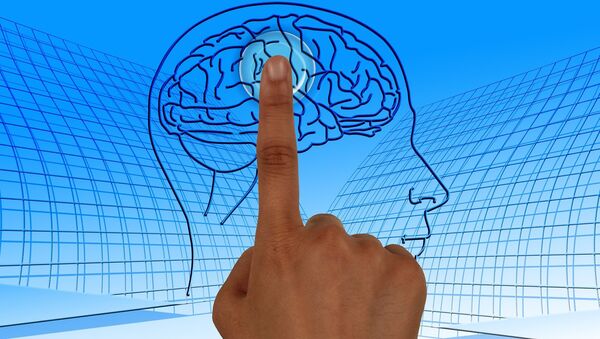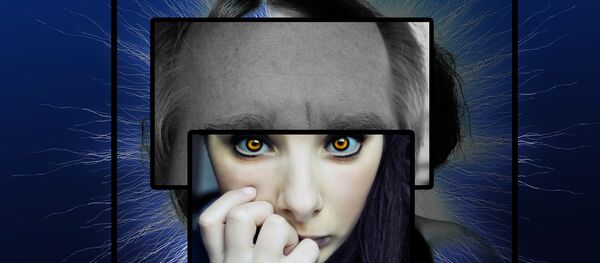When you look through a microscope, the object you view appears bigger — but what if something could actually be made bigger, so that you wouldn't need a microscope?
Well, it appears that dream may now become a reality, as a new technique called expansion microscopy has been developed in order to physically make objects bigger. The process involves physically inflating biological tissues using a material more commonly found in babies' diapers, called polyacrylate mesh. Add water and the tissue enlarges to 4.5 times its original size.
Iterative ExM achieves ~20x expansion and 25 nm resolution #superresolution. Read it here: https://t.co/kZIaC5a5s2 @eboyden3 pic.twitter.com/SnOzyjzKfl
— Nature Methods (@naturemethods) April 17, 2017
Edward Boyden, a neuroengineer from the Massachusetts Institute of Technology (MIT) in Cambridge, developed the technique alongside his MIT colleagues Fei Chen and Paul Tillberg.
The research was published in Nature Methods journal and is titled 'Iterative expansion microscopy.'
Just posted: the protocol for iterative expansion microscopy (iExM), which we published yesterday in Nature Methods. https://t.co/1kda137rJk
— Ed Boyden (@eboyden3) April 18, 2017
In 1873, German physicist Ernst Abbe discovered that conventional optical microscopes cannot distinguish objects that are closer together. Boyden and his team developed the strategy as they wanted to blow brains up, and see what they looked like without the need for a microscope.
The brain is full of diminutive protrusions called dendritic spines, which line the signal receiving end of a neuron. Hundreds to thousands of these spines help strengthen or weaken an individual dendrite's connection to other neurons in the brain.
The size of these spines is so small and miniscule that it makes studying them impossible, even with a microscope, the vision is blurry.
To overcome the barrier, Boyden developed iterative expansion microscopy, the tissue is expanded once and the crosslinked mesh is cleaved and then the tissue is expanded again, which results in roughly 20-fold enlargement. Neurons are then visualized by light-emitting molecules linked to antibodies which latch onto specified proteins. The technique allows for more detailed images, it has been tested on mice and has already shown the formation of proteins along synapses, as well as detailed renderings of dendritic spines.
This advancement could enable neuroscientists to map the many individual connections between neurons across the brain and the unique arrangement of receptors that turn brain circuits on and off.


